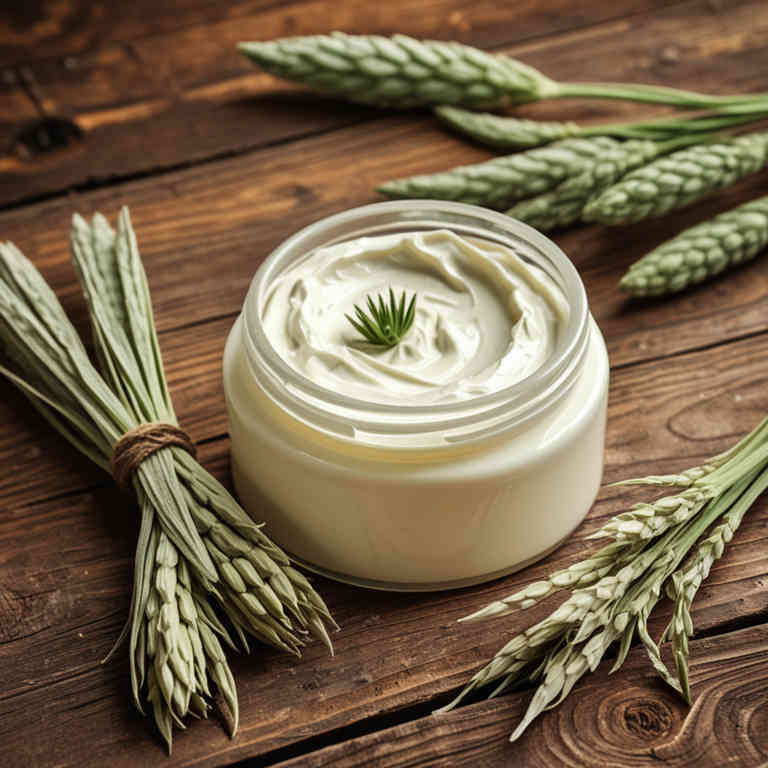Plantago lanceolata cream for medicinal use

Plantago lanceolata cream is a topical preparation made from the dried leaves of the plant commonly known as broadleaf plantain.
It is traditionally used in herbalism to soothe skin irritations, reduce inflammation, and promote healing. The cream is often applied to minor wounds, burns, insect bites, and eczema due to its anti-inflammatory and antimicrobial properties. It is valued for its ability to support the body's natural healing processes.
This preparation is a popular remedy in both traditional and modern herbal medicine for its gentle yet effective action on the skin.
Uses
Plantago lanceolata cream has been used to treat various skin conditions for centuries due to its anti-inflammatory and healing properties.
Historically, it was employed in traditional medicine by indigenous peoples and early herbalists to soothe wounds, reduce inflammation, and promote skin repair. In traditional practices, the cream was often made by combining the plant's leaves with oils or beeswax, and it was applied topically for burns, rashes, and eczema. Modern formulations of Plantago lanceolata cream are used in dermatology to address minor skin irritations, psoriasis, and as a natural alternative to conventional topical treatments.
Its continued use highlights the enduring value of traditional herbal knowledge in contemporary healthcare.
Benefits
Plantago lanceolata cream has health benefits such as reducing inflammation, soothing skin irritations, and promoting wound healing.
This herbal preparation is derived from the leaves of the plantain plant, which has been traditionally used for its soothing and healing properties. It contains compounds like allantoin and mucilage that help in moisturizing and protecting the skin. The cream is particularly effective for conditions like eczema, psoriasis, and minor burns.
Its natural formulation makes it a gentle and effective option for those seeking alternative skincare solutions.
Constituents
Plantago lanceolata cream active constituents include polysaccharides, mucilage, flavonoids, and alkaloids.
These compounds contribute to the cream’s anti-inflammatory and wound-healing properties. Polysaccharides and mucilage help soothe irritated skin and promote tissue repair. Flavonoids act as antioxidants, reducing oxidative stress and supporting skin health.
Alkaloids may provide additional antimicrobial and analgesic effects, making the cream beneficial for various skin conditions.
Preparation
To make Plantago lanceolata cream, first gather fresh or dried Plantago lanceolata leaves, also known as plantain.
Wash the leaves thoroughly and chop them into small pieces. In a blender or food processor, combine the chopped leaves with a small amount of water or a mild oil such as coconut oil to create a smooth paste. Next, strain the mixture through a fine mesh strainer to remove any remaining solids, and then mix in a carrier cream or butter to achieve the desired consistency.
This cream can be used topically for soothing skin irritations or as a nourishing facial mask.
Side Effects
Plantago lanceolata cream may lead to skin irritation or allergic reactions in some individuals due to its active compounds.
It is commonly used for its anti-inflammatory and wound-healing properties, making it popular for treating minor burns, eczema, and skin infections. However, prolonged use could result in dependency or reduced effectiveness of the skin's natural barrier. Possible side effects include redness, itching, and in rare cases, more severe allergic responses.
It is important to consult a healthcare professional before using this cream, especially for those with sensitive skin or existing dermatological conditions.